Cement plan’s speed bumps
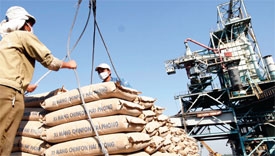 As cement production and consumption in 2012’s first half shed 10 per cent against 2011’s same period on the back of falling public investment and a stagnant realty market, the signing of a cooperative agreement between Ministry of Transport (MoT) and Ministry of Construction (MoC) to boost cement usage in building transport infrastructure in Vietnam was expected to be a life saver.
As cement production and consumption in 2012’s first half shed 10 per cent against 2011’s same period on the back of falling public investment and a stagnant realty market, the signing of a cooperative agreement between Ministry of Transport (MoT) and Ministry of Construction (MoC) to boost cement usage in building transport infrastructure in Vietnam was expected to be a life saver.
However, since the signing ceremony in mid March, the proposal has sat on the drawing board and is unlikely to take shape this year.
According to a state cement conglomerate Vicem representative, it would be hard for local cement firms to scale up consumption through putting cement into transport infrastructure projects.
The timeframe for building a roadmap on cement usage at road projects including high-grade motorways to road in rural areas, together with associated parking lots, toll stations and stop-overs shall be completed by December 31, 2012.
Besides, construction experts supposed hiking cement usage in transport infrastructure would face difficulties since its investment ratio is two to three-fold higher than that of asphalt concrete investment. In addition, capital mobilising scheme and incentive policies promoting cement usage in transport infrastructure projects are not yet in place.
Earlier, Vicem proposed building the Ninh Binh-Thanh Hoa (Nghi Son) road section giving priority to using cement concrete structure. The proposal later dropped due to high investment costs.
Vietnam Building Materials Society chairman Tran Van Huynh said building roads paved with cement concrete would be a righteous decision given the country’s current total cement production capacity of around 70 million tonnes per year. Roads made of cement concrete could be used in 30 years against 10 years for roads paved with asphalt concrete, said Huynh.
MoT’s Science and Technology Council deputy chairman Tong Tran Tung said initial investment cost of cement concrete roads would be 2-2.5 times higher than that of asphalt roads. However, clear payment methods as well as actual unit rates referring to cement concrete investments are not available.
In early 2012 the gap between cement production and consumption has surpassed 10 million tonnes per year, but when cement could be used in transport infrastructure projects remains unknown.
What the stars mean:
★ Poor ★ ★ Promising ★★★ Good ★★★★ Very good ★★★★★ Exceptional
Related Contents
Latest News
More News
- Nhon Trach VI Industrial park welcomes new high-quality warehousing facility (November 03, 2024 | 20:19)
- Long-term funds to address logistics cost (November 03, 2024 | 19:52)
- C.P. Vietnam joins PPP to promote transformation of food industry (November 02, 2024 | 10:04)
- Hung Yen propels investment in Germany and the Netherlands (November 02, 2024 | 09:54)
- 2024 may be Vietnam's most successful year for FDI (November 01, 2024 | 16:10)
- Logistics supply chain efficiency on the rise (October 31, 2024 | 17:27)
- Digital transformation to compete in challenging logistics market (October 31, 2024 | 17:20)
- FDI success promising in light of fresh plans (October 31, 2024 | 17:12)
- Vietnam's logistics sector confronts new challenges (October 31, 2024 | 14:40)
- VinFast to secure $1 billion funding led by Emirates Driving Company (October 31, 2024 | 11:12)



 Tag:
Tag:
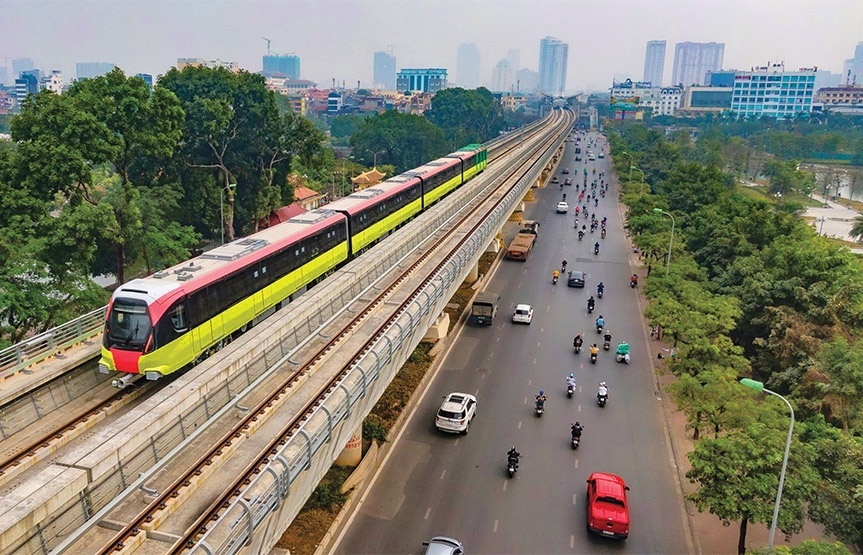
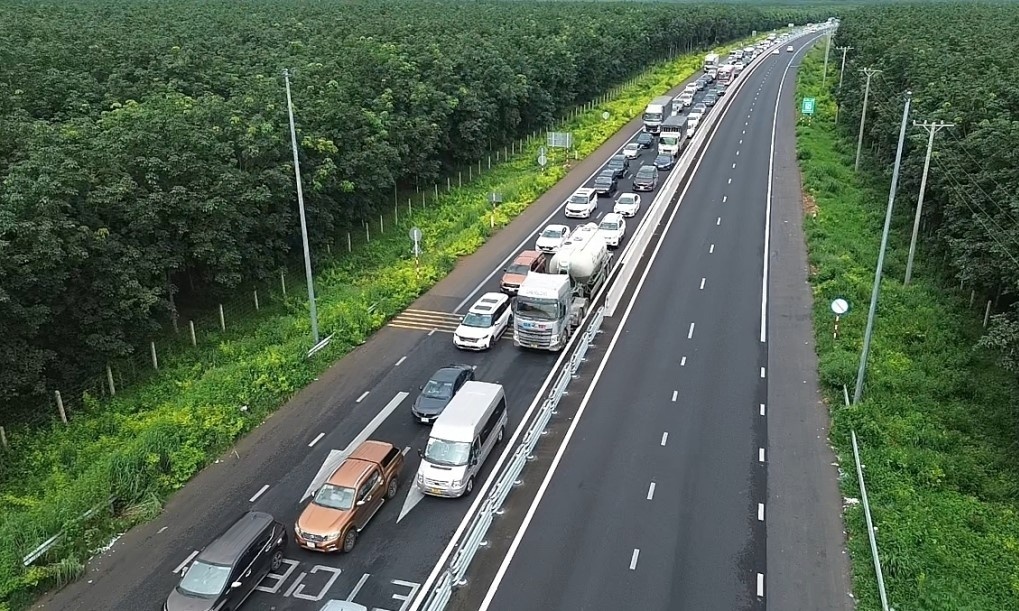

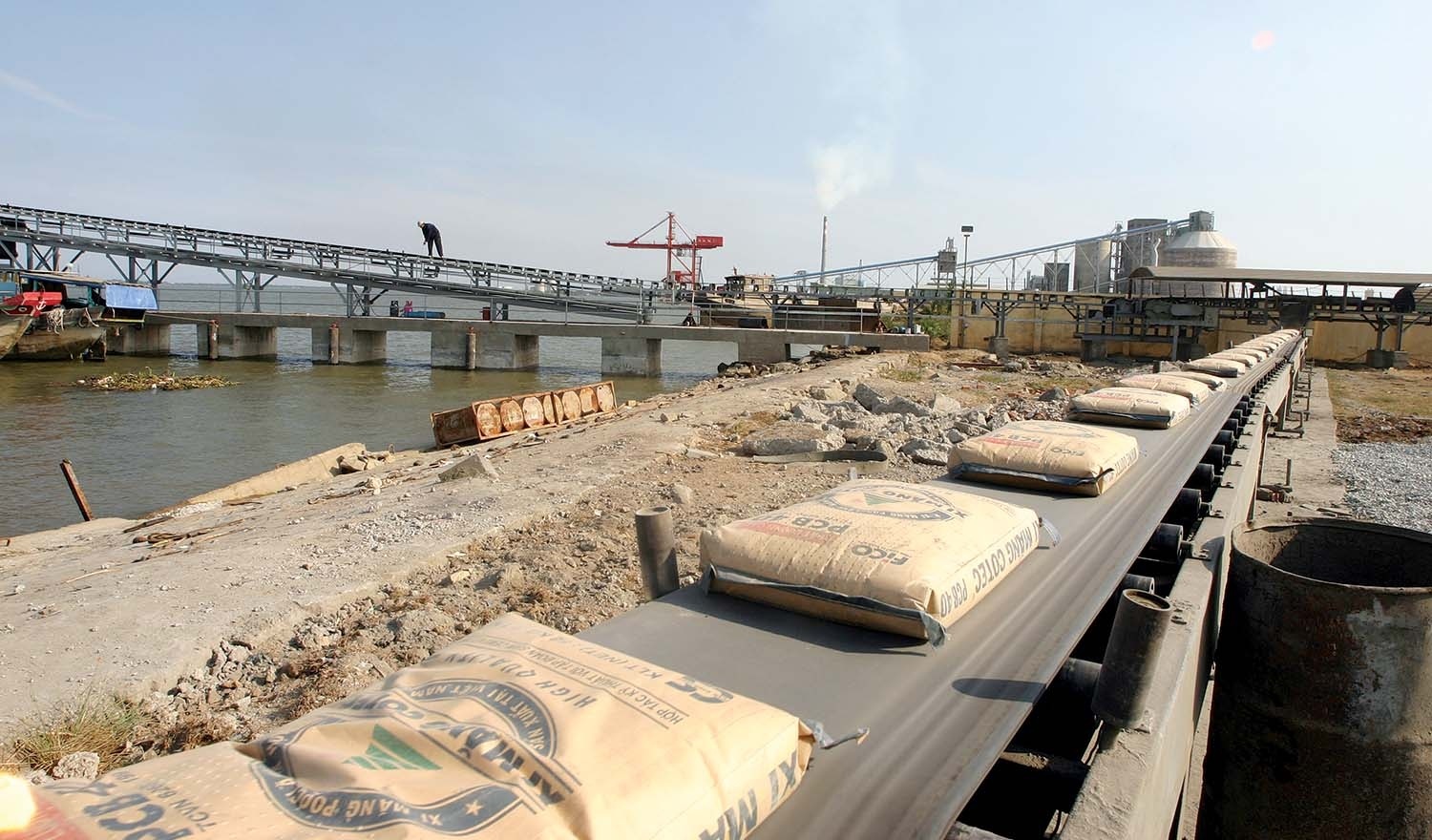

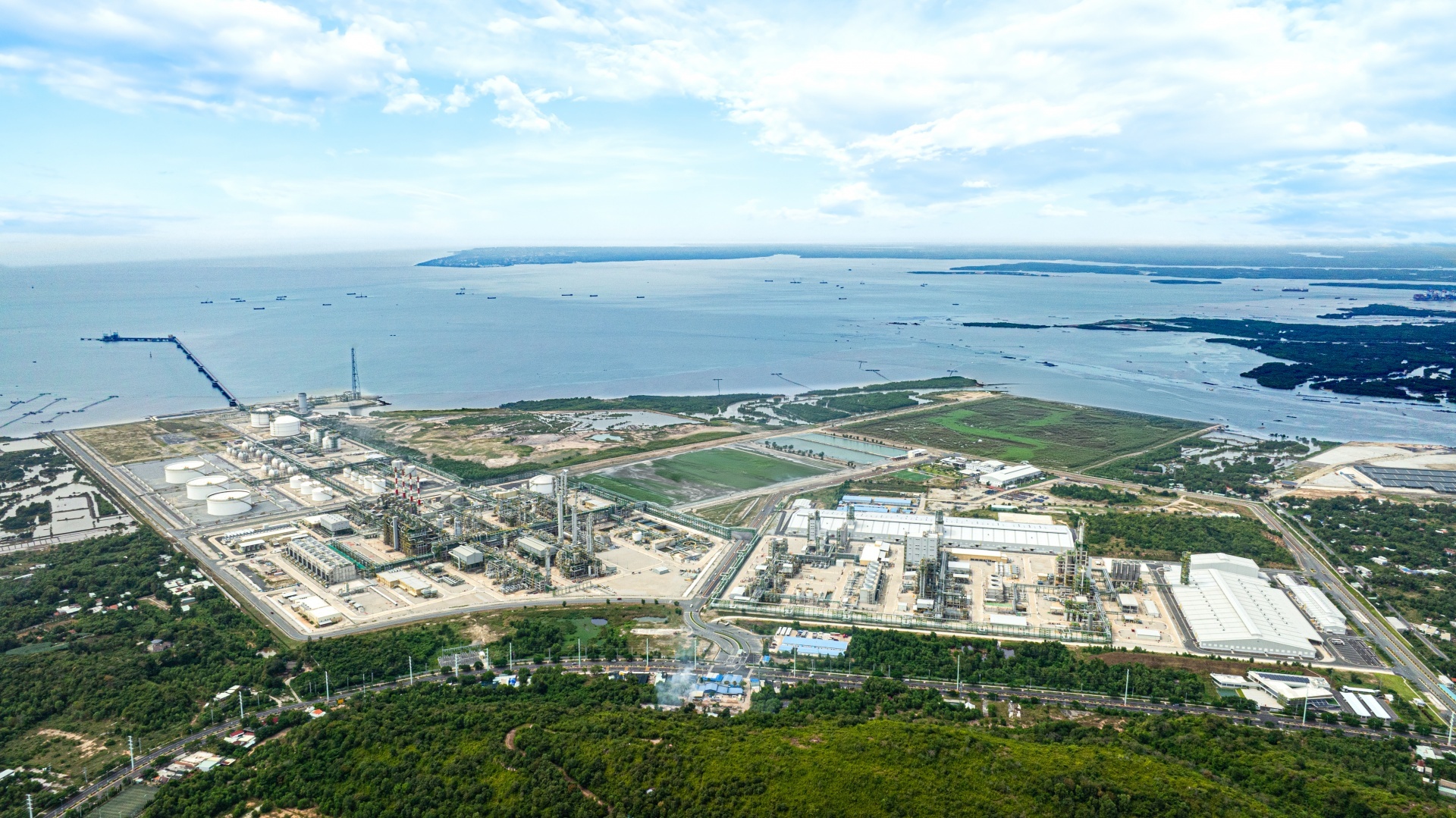














 Mobile Version
Mobile Version